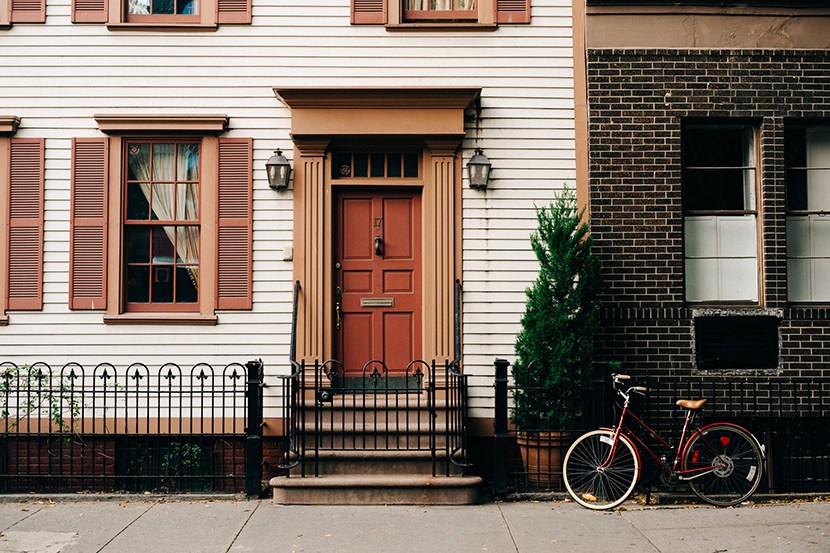
Zillow: U.S. Home Value Growth Slows, Prices May Fall in Second Half of 2020

Zillow, Seattle, said the housing market’s resilience in the wake of the coronavirus pandemic and resulting economic downturn could be challenged in the months ahead as continued slowing in home values suggest prices could fall in the second half of 2020.
The company’s monthly Real Estate Market Report said the typical U.S. home value grew 4.3% year over year in May to $251,598. However, the month-over-month change slowed noticeably from April, perhaps the first signal of a modest price fall. Rents grew 2.2% year over year to $1,657, but were growing 3.4% annually just two months earlier.
And despite a small increase from the previous month, inventory is still down by 9.6% year over year.
The report noted in April, home values grew 0.41% month over month. In May, that slowed to 0.35%, the biggest one-month slowdown since March 2019 and a possible indicator that the market is headed for home value declines in the coming months. The most recent forecast from Zillow’s economic research team shows an expected 1.8% drop in prices through October from their February highs, with a slow price recovery by mid-spring in 2021. The year-over-year change is forecasted to bottom out at -0.7%.
Zillow said May’s home value growth slowdown was “widespread,” hitting 27 of the 35 largest U.S. metros. Home value growth slowed the most over April in a mix of the most expensive areas (San Francisco, San Jose, Los Angeles and Seattle), what had been the hottest markets (Phoenix, Columbus and Indianapolis) and metros in states with a relatively high number of COVID-19 cases (Detroit and Pittsburgh). Home values outright fell from April to May in five metros — San Francisco, San Jose, Pittsburgh, Los Angeles and Sacramento.
“Home buyers returned to the market earlier than might have been expected given the state of the economy, finding a market starved for inventory because of seller uncertainty. This improved demand has supported home prices and appears to have given sellers a confidence boost as new listings have slowly picked up,” said Skylar Olsen, senior principal economist at Zillow. “The next question housing will face is whether this growth can continue after demand built up during housing’s brief pause in the pandemic’s early days runs its course. It’s likely housing will feel the broader economy’s downturn eventually, though to a mild degree, and home values will fall in the coming months.”
The report said annual rent growth slowed for the third consecutive month, up 2.2% year over year to $1,657 after growing 3.4% annually just two months prior. That’s the lowest rate of year-over-year growth since at least 2014. The annual growth rate slowed from the previous month in 27 large metros, and rents fell from last May in New York and San Jose.
Zillow noted in a positive sign for inventory, for-sale listings grew 1.5% from last month. Still, inventory is not growing at the rate typically seen during the springtime — inventory grew 4.5% from April to May 2019 — and is down 9.6% from last year as a result. Olsen said increased buyer demand is helping to keep inventory low — newly pending sales were up 28.5% month over month as of the first week of June, and page views on for-sale homes on Zillow were 41% higher than a year ago at the end of May.
“It’s likely buyer demand will soften in the coming months as the wave of pre-existing demand from before the pandemic dries up, especially if unemployment remains high,” the report said.
